Understanding Wetsuit Thickness
When it comes to choosing a wetsuit, the numbers associated with thickness—like 3mm, 4mm and 5mm—can make a big difference in both warmth and flexibility.
Whether you're a surfer, a diver, or someone who loves exploring the ocean, getting the right thickness is essential for comfort and performance.
But what do these numbers actually mean? Let's break it down.
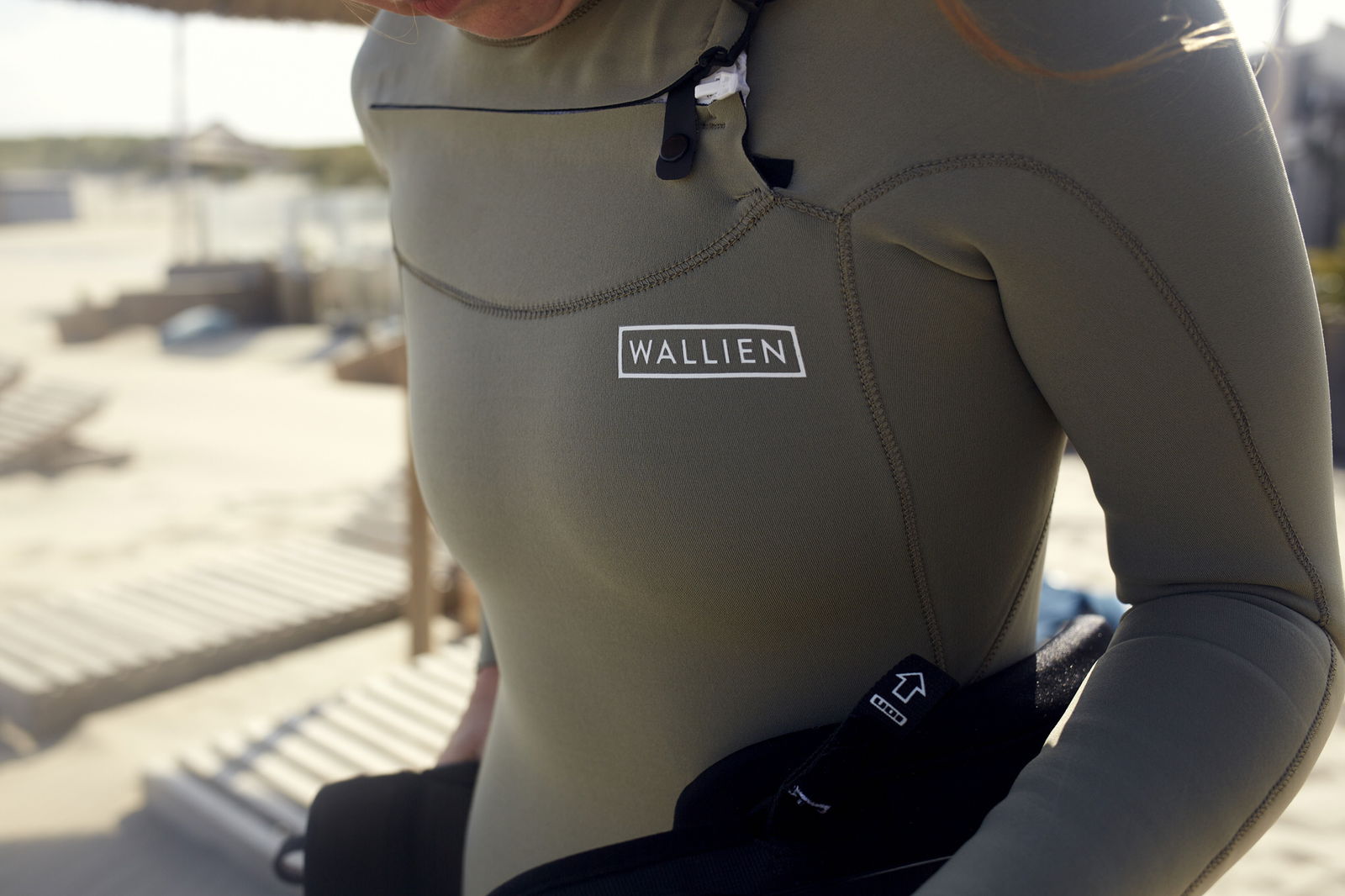
What Does Wetsuit Thickness Mean?
Wetsuit thickness is measured in millimeters (mm) and usually displayed as two or three numbers, such as 3/2mm, 4/3mm or 5/4/3mm.
These numbers refer to the thickness of the neoprene material in different parts of the wetsuit.
The first number represents the thickness of the material around your torso (where you need more warmth), while the second or third number indicates the thickness in the limbs (where more flexibility is needed).
For example:
- A 3/2mm wetsuit has 3mm of neoprene around the torso and 2mm in the arms and legs.
- A 4/3mm wetsuit has 4mm of neoprene around the torso and 3mm in the arms and legs.
- A 5/4mm wetsuit will have 5mm in the torso and 4mm in the arms and legs.
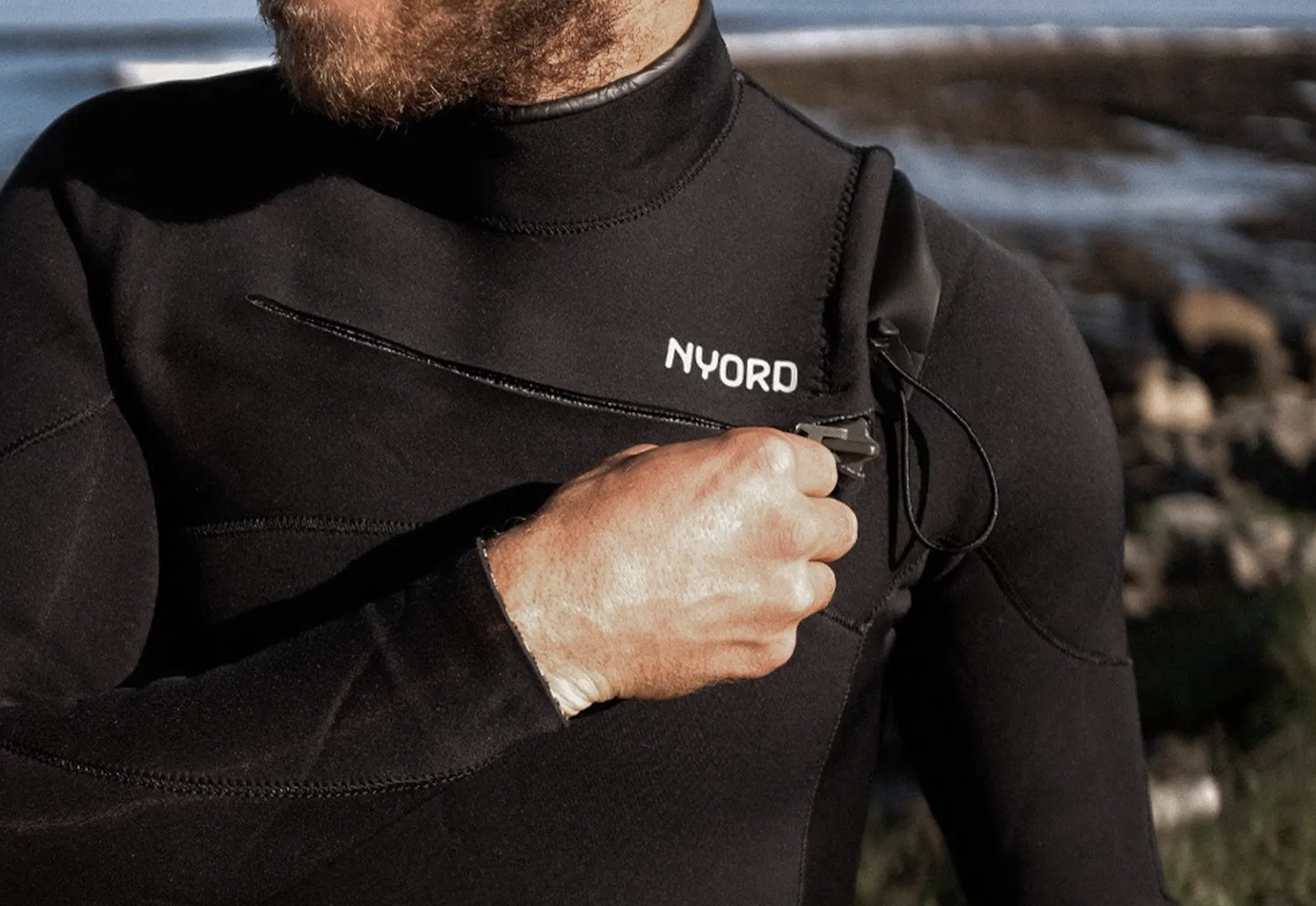
The Benefits of 3mm Wetsuits
A 3mm wetsuit is perfect for warmer waters, typically suited for temperatures around 15°C to 20°C (59°F to 68°F).
It provides enough insulation for those who enjoy swimming, surfing, or snorkeling in milder conditions.
- Warmth: The 3mm thickness offers a light layer of insulation while still being comfortable in warmer waters.
- Flexibility: With less material, these suits allow for greater freedom of movement, making them ideal for active water sports.
- Best for: Summer surfing or warm-water diving.

The Benefits of 4mm Wetsuits
A 4mm wetsuit is often the go-to choice for surfers and water enthusiasts when temperatures range from about 12°C to 15°C (53°F to 59°F).
It offers a perfect balance between warmth and flexibility, making it ideal for moderate water temperatures.
- Warmth: The 4mm thickness around your core helps to retain body heat while keeping you agile in the water.
- Flexibility: With thinner material in the arms and legs, you'll find it easier to paddle, swim, or maneuver.
- Best for: Spring or early autumn sessions in cooler waters, or colder days in warmer climates.

The Benefits of 5mm Wetsuits
A 5mm wetsuit is designed for colder conditions, typically in water temperatures between 8°C to 12°C (46°F to 53°F).
If you're venturing into icy waters, whether surfing, diving, or snorkeling, the extra millimeter makes a noticeable difference.
- Warmth: With 5mm of insulation around your torso, this wetsuit is great for keeping your core warm in frigid conditions.
- Protection: The added thickness provides more protection against cold winds and water, keeping you comfortable during longer sessions.
- Best for: Winter surfing, cold-water diving, or exploring chilly marine environments.

4mm vs. 5mm: Which Should You Choose?
Many people often struggle to decide between a 4mm and a 5mm wetsuit, unsure which will best meet their needs in various water conditions. Here's a short guide on which could be better to suit you.
- Water Temperature:
The most crucial factor in choosing between a 4mm and 5mm wetsuit is the water temperature.
If you're regularly surfing or diving in colder conditions, a 5mm wetsuit will be your best friend.
For milder climates, the 4mm suit offers enough warmth while allowing you to stay more agile.
- Activity Level:
If you're highly active in the water—paddling, diving, or swimming—a 4mm wetsuit might feel more flexible and comfortable, allowing for better movement.
However, if you're in the water for extended periods, like during a long dive, the 5mm suit will retain more heat.
- Seasonality:
Many people switch between wetsuits depending on the season.
A 4mm wetsuit can serve well for spring and autumn when the water is cooler but not freezing, while a 5mm wetsuit is perfect for winter adventures.

Accessories for Cold Water
If you're venturing into really cold waters, consider adding accessories to enhance your warmth and comfort. Items like hoods, gloves, and booties can make a significant difference in your overall experience.
- Hoods: A good hood can help retain heat from your head, which is crucial since a significant amount of body heat is lost through the head.
- Gloves: Insulated gloves protect your hands from the cold, allowing for better grip and dexterity while surfing or diving.
- Booties: Neoprene booties provide insulation for your feet, keeping them warm and protecting them from sharp objects or rocky surfaces.
By using the right wetsuit thickness along with these accessories, you'll be well-equipped to tackle even the coldest conditions!
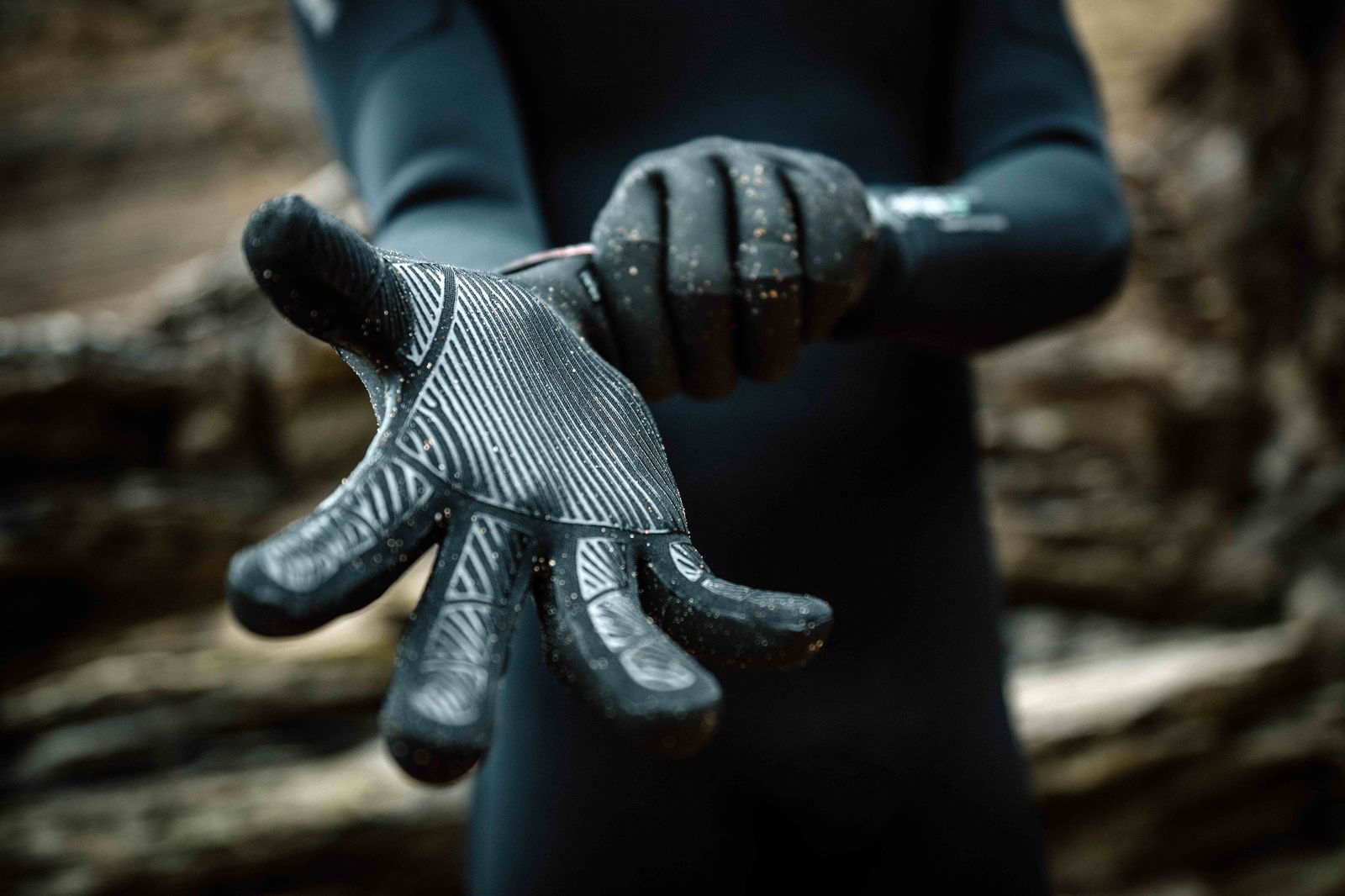
Choosing between a wetsuit thickness comes down to your comfort and the environment you’ll be in.
If you’re primarily in warmer waters, a 3mm suit should be sufficient, if you’re primarily in waters where temperatures hover around the mid-teens, a 4mm suit should be more than enough.
But if you plan to tackle cold waters or winter waves, a 5mm wetsuit will keep you toasty and ready for anything.
Remember, the key is to stay warm enough to enjoy the water without sacrificing too much mobility.
So, whether you're braving the waves or exploring underwater life, picking the right thickness will help you get the most out of your adventure.
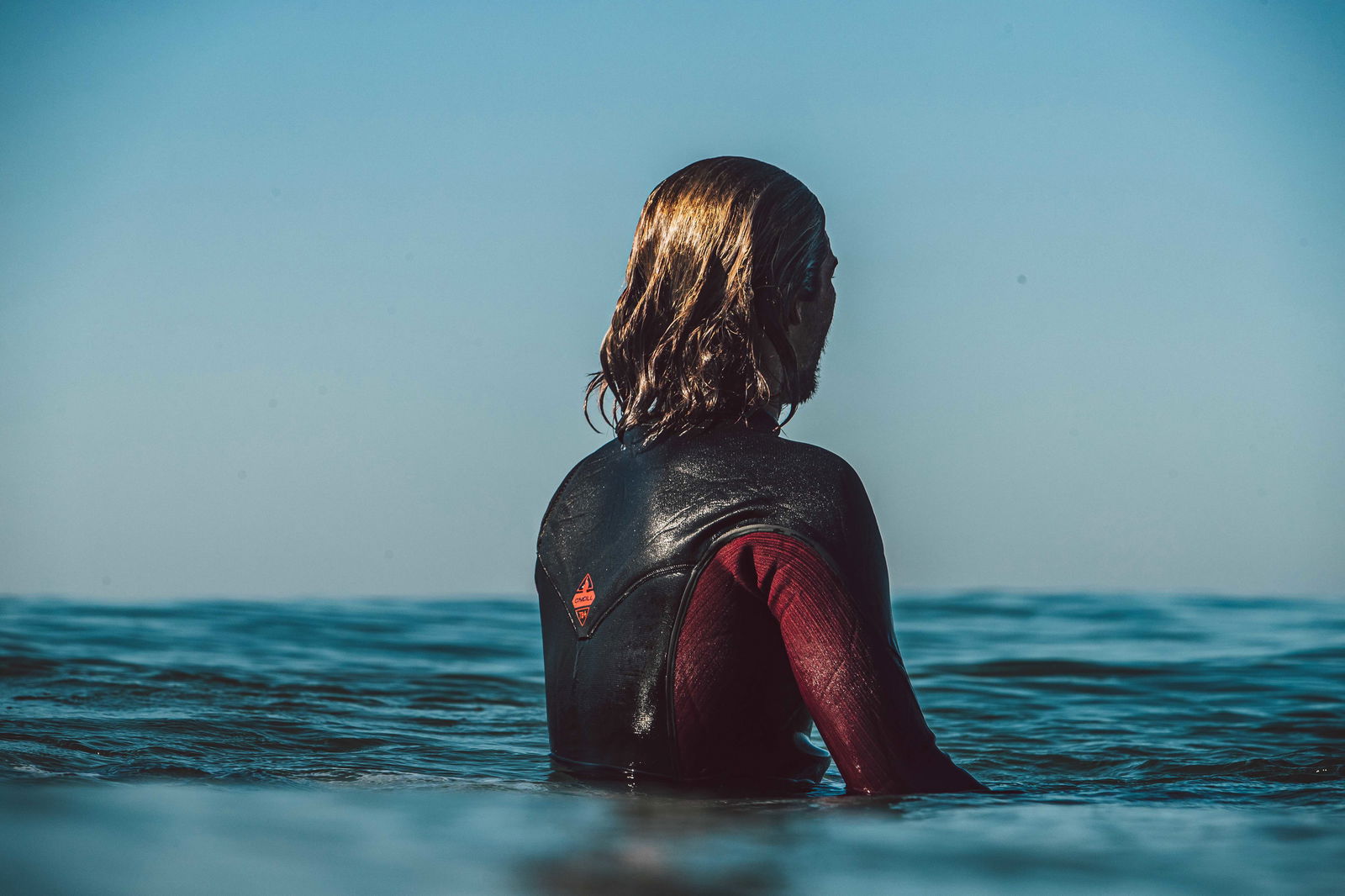
Need Help Choosing?
At Wetsuit Outlet, we offer a range of wetsuits designed for every water temperature and activity.
If you’re unsure which thickness is right for you, our team is always ready to help guide you toward the perfect wetsuit for your needs!
Shop Wetsuits.
Shop the full Wetsuit Outlet range.



























































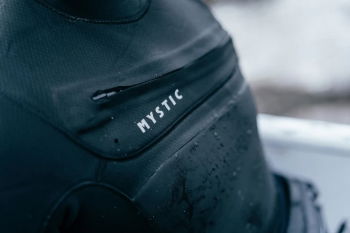


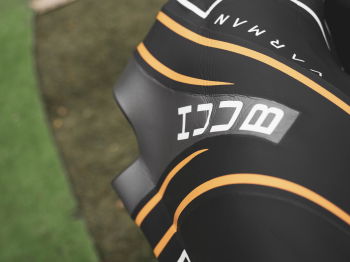
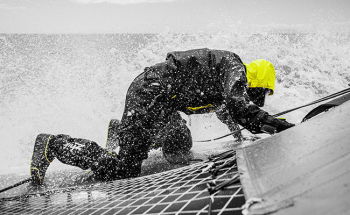

 Visit the US site
Visit the US site  Continue to DE
Continue to DE